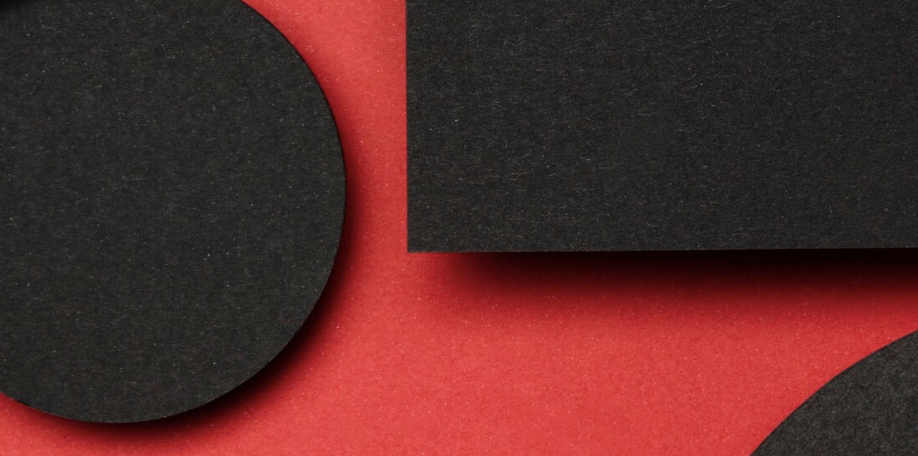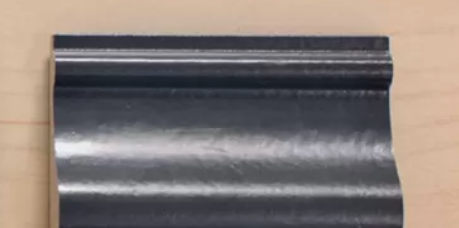
Quick Look
| Hardness | Tensile Strength (Mpa) | Young's Modulus (Mpa) | Elongation at Break, % | Impact Strength (KJ/m²) |
|---|---|---|---|---|
| 75-80 Shore D | 0-110 | 1800 | 12-15 | >21 |
About the Material
Here’s an overview of the Acrylic-Like Flexible material for Urethane Casting on the AutofabX platform, including its advantages, limitations, physical properties, design parameters, and more:
Acrylic-Like Flexible Material Advantages:
Transparency: Acrylic-Like Flexible materials can mimic the appearance of acrylic, offering high optical clarity and transparency, which is ideal for parts requiring clear or see-through characteristics.
Flexibility: While maintaining clarity, this material also offers flexibility, making it suitable for applications requiring parts that can bend or flex without cracking.
Good Aesthetic Finish: It can achieve a smooth, glossy surface finish, making it suitable for consumer-facing parts where appearance is crucial.
Impact Resistance: The flexibility of the material gives it good impact resistance, reducing the likelihood of cracking or breaking under stress.
UV Stability: Acrylic-Like Flexible materials are typically UV-stable, making them suitable for applications in environments exposed to sunlight or UV radiation.
Acrylic-Like Flexible Material Limitations:
Lower Dimensional Stability: While flexible, Acrylic-Like Flexible materials may have lower dimensional stability compared to more rigid materials, which may be a limitation in precision applications.
Chemical Resistance: Acrylic-Like Flexible materials may not perform well in harsh chemical environments or when exposed to strong acids, solvents, or oils.
Limited Heat Resistance: This material can generally only withstand temperatures up to about 80-100°C before it loses its flexibility or clarity.
Surface Scratching: Acrylic-Like Flexible materials can be prone to surface scratching, which may affect the clarity and appearance over time.
Physical Properties Table for Acrylic-Like Flexible Material:
| Property | Value/Description |
| Hardness (Shore D) | 60-70 |
| Density | 1.10-1.25 g/cm³ |
| Cubic Inches per Pound | 18-22 |
| Color | Clear, Custom Colors |
| Tensile Strength | 25-40 MPa |
| Tensile Modulus | 800-1200 MPa |
| Elongation at Break | 50-200% |
| Flexural Strength | 40-60 MPa |
| Flexural Modulus | 1000-1500 MPa |
| Shrinkage (linear) | 0.3-0.6% |
| Impact Strength | 20-40 kJ/m² |
| Bending Strength | 40-50 MPa |
| Glass Transition Temperature | 70-90°C |
| Maximum Pouring Thickness | 6-10 mm |
| Demold Time | 1-2 hours |
Chemical Properties Table:
| Property | Value/Description |
| Water Absorption | Low (<0.3%) |
| Acid Resistance | Moderate |
| Alkali Resistance | Low |
| Oil Resistance | Moderate |
| Solvent Resistance | Low to Moderate |
Design Parameters:
| Maximum Bulid Size (mm) | Minimum Wall Thickness (mm) | Minimum Assembly Gap (mm) | Tolerance | Minimum End Mill Size (mm) | Minimum Drill Size (mm) |
| 500x500x500 | 1 | 0.2 | 0.50% | / | / |
Industry Applications and Customer Case Studies:
Consumer Products: Acrylic-Like Flexible materials are often used in consumer-facing applications such as clear protective covers, light diffusers, and transparent enclosures.
Medical Devices: Used in non-invasive medical components where flexibility, clarity, and biocompatibility are essential, such as in tubing or flexible connectors.
Lighting: The material is widely used for light diffusers, lenses, and clear housing for LED fixtures, offering both optical clarity and impact resistance.
Electronics: Ideal for flexible, transparent covers or enclosures in electronics where flexibility and clarity are needed without compromising strength.
Prototyping: Acrylic-Like Flexible materials are also used in prototyping applications, especially for parts requiring clarity and flexibility for design evaluation.
Frequently Asked Questions (FAQs):
What is the temperature limit for Acrylic-Like Flexible materials?
Acrylic-Like Flexible materials typically perform well up to temperatures of 80-100°C. Prolonged exposure to higher temperatures may cause degradation in flexibility and clarity.
Can Acrylic-Like Flexible material be used outdoors?
Yes, the material is generally UV-stable, making it suitable for outdoor applications where exposure to sunlight is expected.
Is Acrylic-Like Flexible material prone to scratching?
Yes, Acrylic-Like materials can be susceptible to surface scratching, especially when exposed to abrasive environments. It is recommended to handle the material carefully to maintain its clarity.
Can this material be used for structural parts?
While Acrylic-Like Flexible material offers good flexibility and impact resistance, it may not be suitable for high-load or high-stress structural parts. For such applications, more rigid materials should be considered.
What is the demold time for Acrylic-Like Flexible material?
The typical demold time for this material ranges from 1 to 2 hours, depending on part thickness and complexity.
Can Acrylic-Like Flexible material be painted?
Yes, the surface of Acrylic-Like materials can be painted or coated, but surface preparation is important for optimal adhesion.
Is Acrylic-Like Flexible material FDA-approved for medical applications?
Acrylic-Like Flexible materials are not generally FDA-approved for medical applications unless specified by the manufacturer. Always check the material certification before use in medical or food-related applications.
Acrylic-Like Flexible materials offer a combination of transparency, flexibility, and impact resistance, making them ideal for applications where both aesthetics and performance are important. However, they may not be suitable for high-temperature or highly abrasive environments.
Finishing Options








Parts Made by AutofabX
